The SME Compass Index 2024 is a pioneering composite index designed to assess the overall competitiveness of Serbia’s SME sector. Composite indices are widely recognized as useful tools for analyzing public policies and enhancing public communication. They summarize multifaceted topics and trends into comprehensible, comparable metrics.
Uniquely designed, the Index serves as a holistic, representative lens on SME competitiveness, delving into distinctions based on business size, geographical setting, and industry domain. SME Compass Index offers valuable insights into the areas where Serbian SMEs are excelling or lagging global trends. Such insights can guide policymakers, development projects, initiatives, and the monitoring of national strategic documents.






